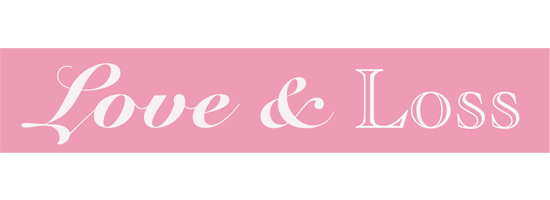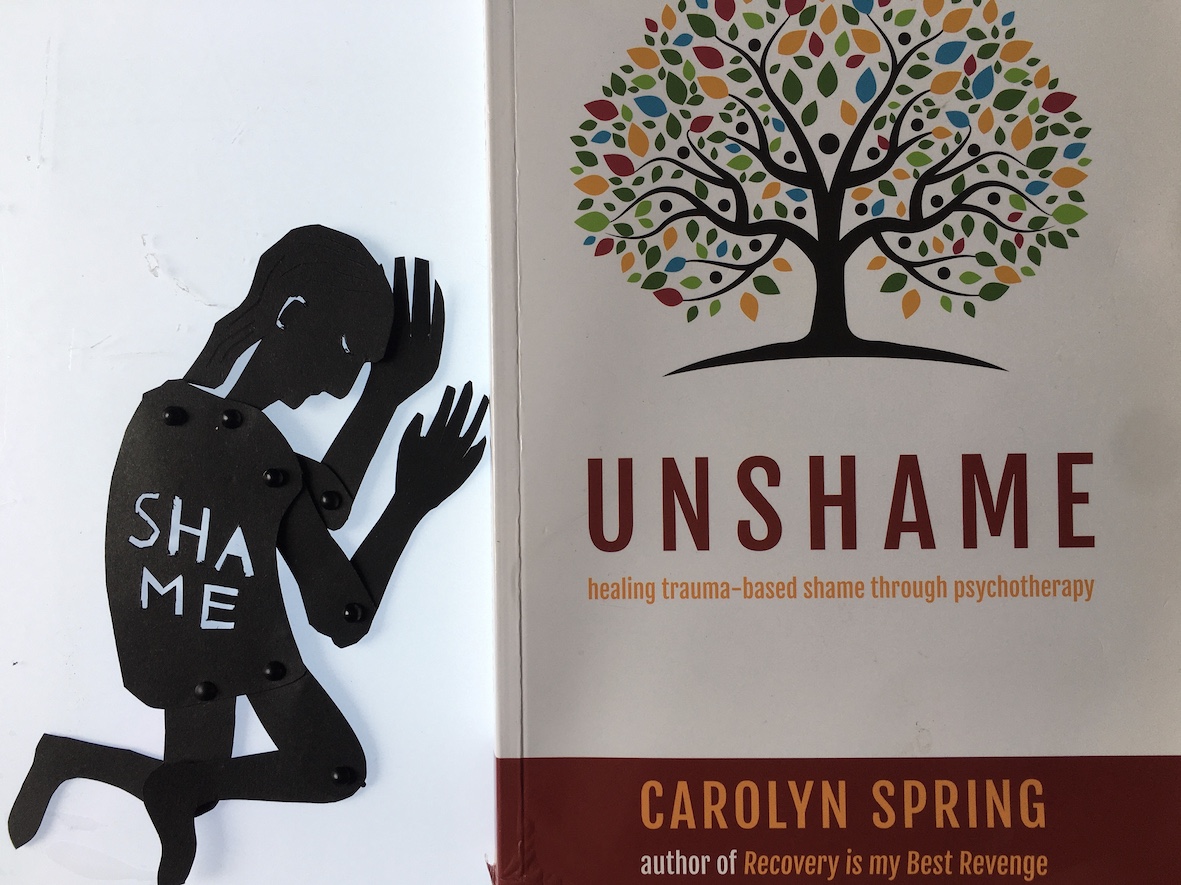20 Apr Unshame
‘Unshame’ is the name of a book by trauma survivor and educator Carolyn Spring. Unshame might be used as a verb which describes the process of repair from chronic shame. It could be an adjective to describe being unashamed without the judgement associated with ‘shameless’. It might also be a noun for the healthy place where trauma-based shame is no longer a persistent and toxic state of being.
Carolyn Spring describes her own complex trauma history which left her mired in shame. As a result of child sexual abuse, she was left with multiple dissociative traumatised parts. ‘Unshame’ describes her slow recovery. It includes an in-depth exploration of the experience of shame in therapy. She tells much of the story from the inside out, how it felt and seemed in her mind and body.
Shame is a feeling that exists in relation to others. “Shame is a two-person emotion”, as Carolyn Spring puts it. Recovery from shame also by necessity happens through relational connection. Shame is about our self-worth, and is very different to guilt which may be an appropriate response to wrong-doing, which spurs us to make amends.
Carolyn Spring’s writing (and trainings) take the mechanisms of trauma survival apart. The survival strategies that operated to drive dissociation, and take on her abusers’ shame as her fault were “the best thing you could do at the time to survive.” Using direct language, she explains how it feels. And she describes the way brains and nervous systems operate under extreme stress.
Using her own experience, Carolyn Spring shows us how shame operates. Shame feasts on secrecy and may leave people feeling that they are to blame for the abuse they experienced.
“No one wants to hear it. No one wants to know about it. No one wants to feel it. So I have to hide it and hide it, and I have to push it away deep down within myself, so that no one can see. But it doesn’t go away and it doesn’t stop affecting me…”
Shame is sticky and a shame attack often comes with acute physiological symptoms. It is a physical as well as mental and emotional ride. It is commonly present for those with developmental trauma, and people who are or have been in abusive situations, amongst other things. In order to bring relief, Carolyn Spring documents the slow, gentle, patient presence of her therapist. As well as the light of day, unshaming requires right brain to right brain co-regulation. Carolyn Spring shows how dissociation is also tackled with mindful noticing, unconditional positive regard, and relational connection.
The pain and suffering of toxic shame and dissociation is made more lonely by isolation. Through telling her own story, Carolyn Spring makes a passionate case for finding spaces where trust, presence and respect enable revelation and ultimately healing. Often in Grief Tending we may see how others also share some of their inner experience of shame, which may be a relief to us.
Reading ‘Unshame’ may be the first step in acknowledging and naming chronic shame. I also recommend the book as a manual for those who aim to provide compassionate holding for those who are making the journey from shame to unshame.
For Grief Tending events online and in person in London and Devon see here.
Sarah Pletts is a Grief Tender and Artist who offers workshops in London and online, sharing rituals where grief on all themes is welcome. For more information about Grief Tending events see here.




No Comments